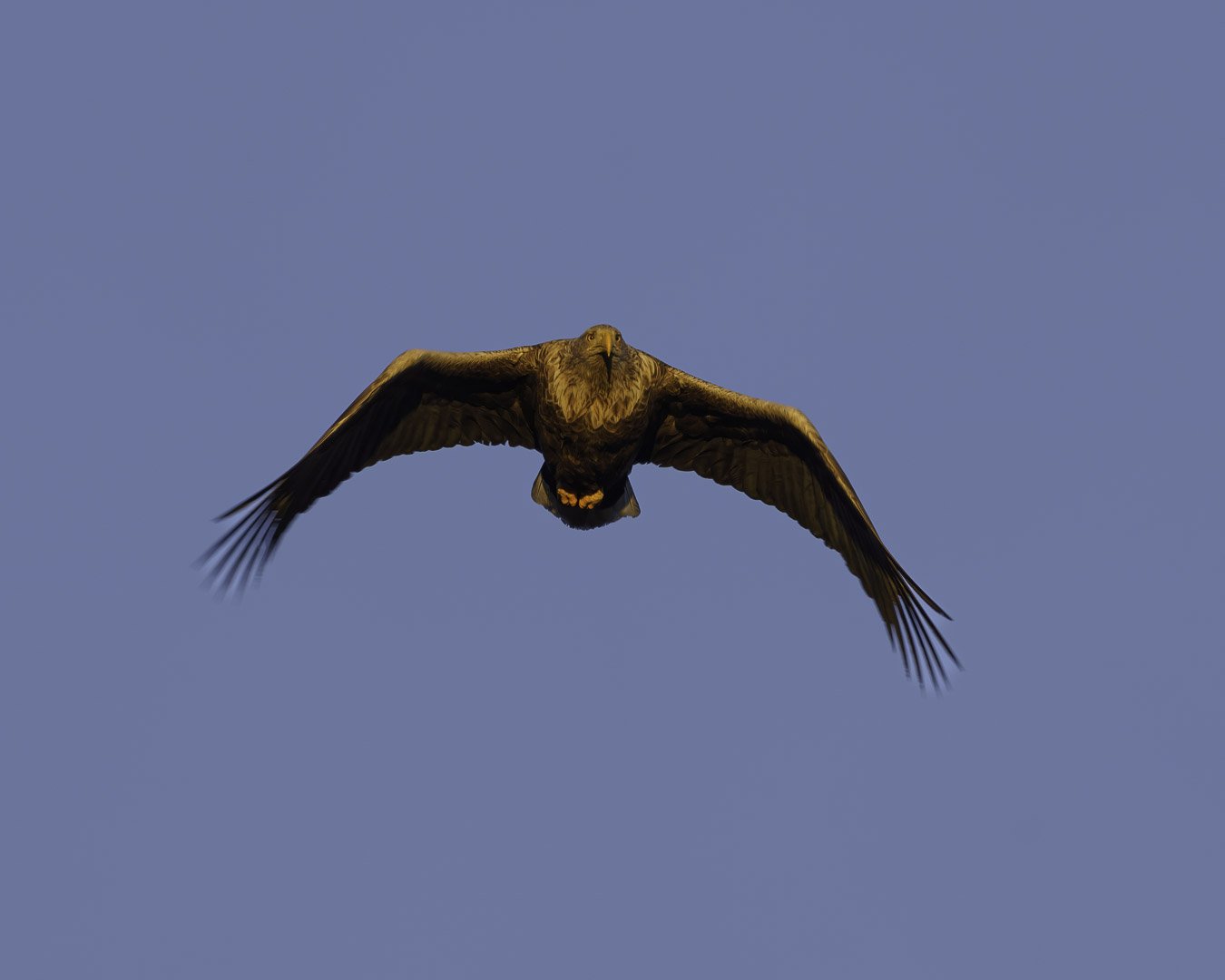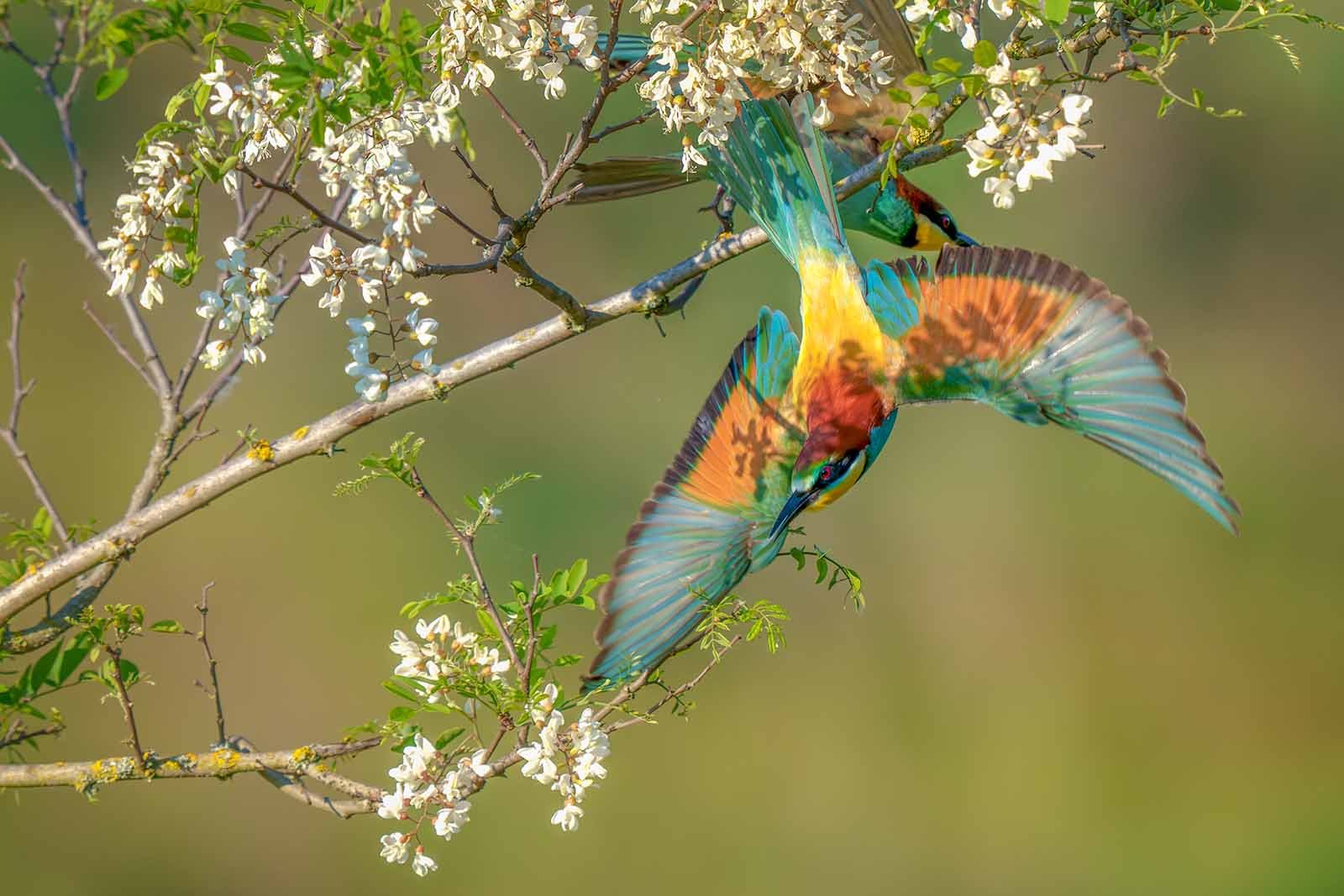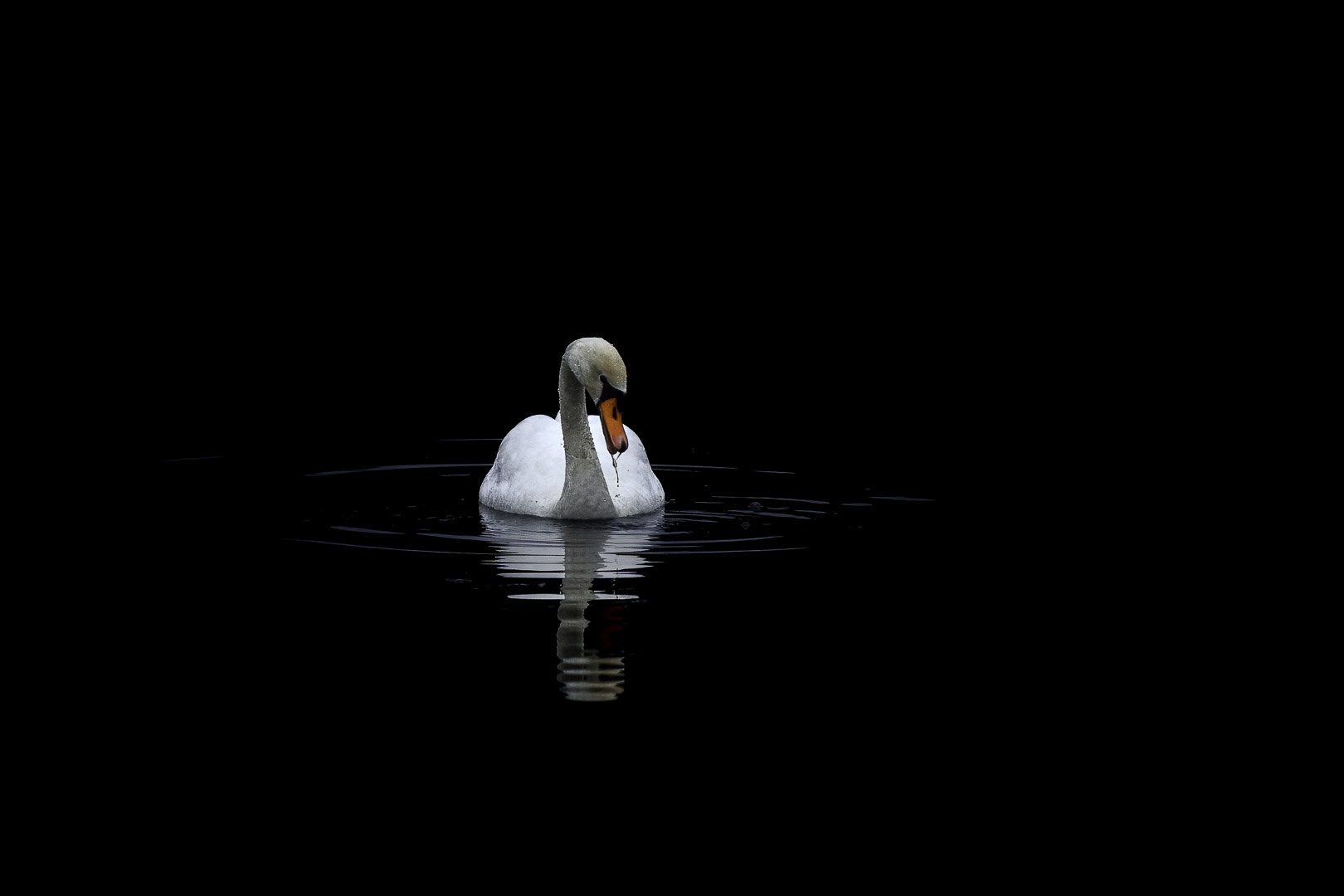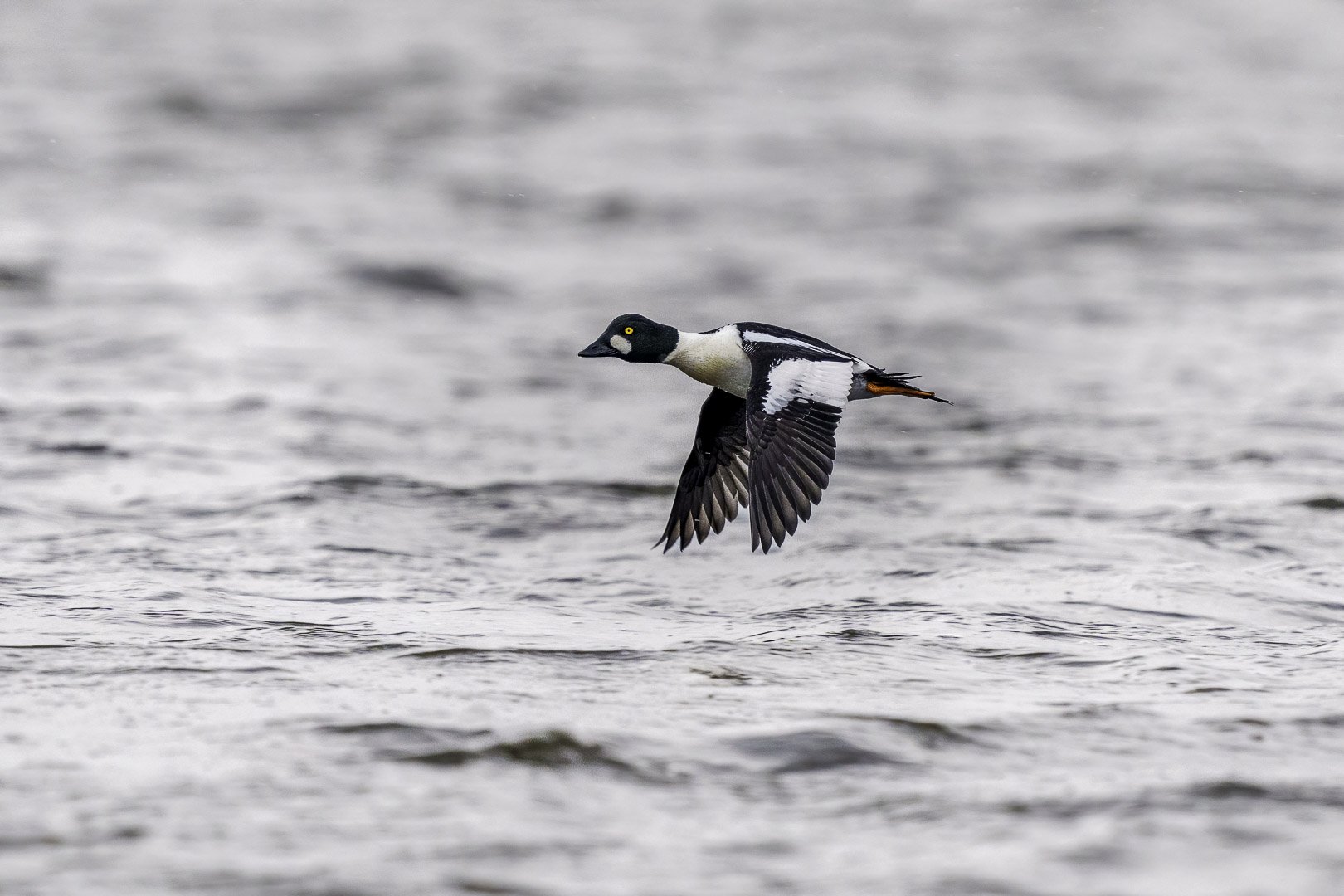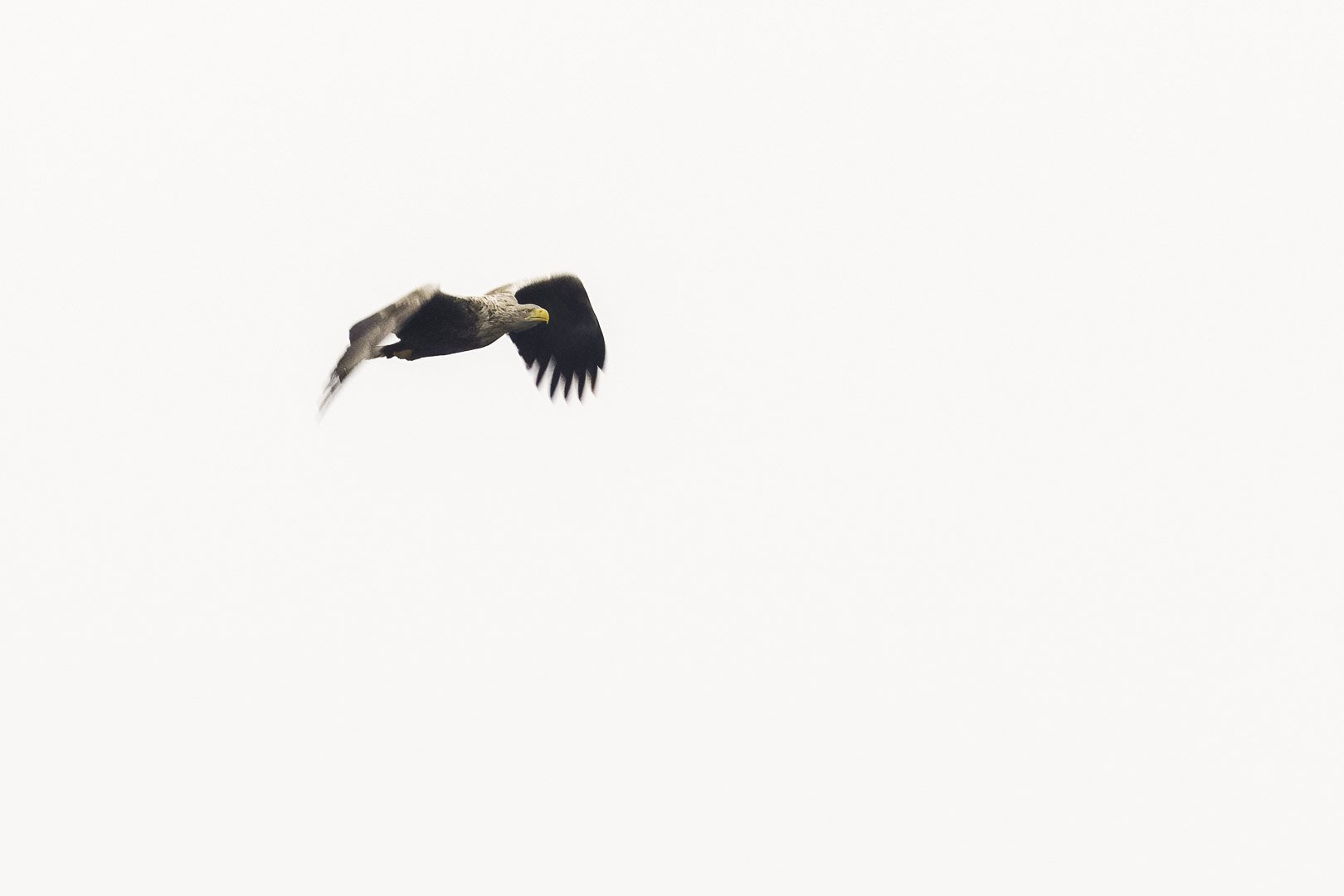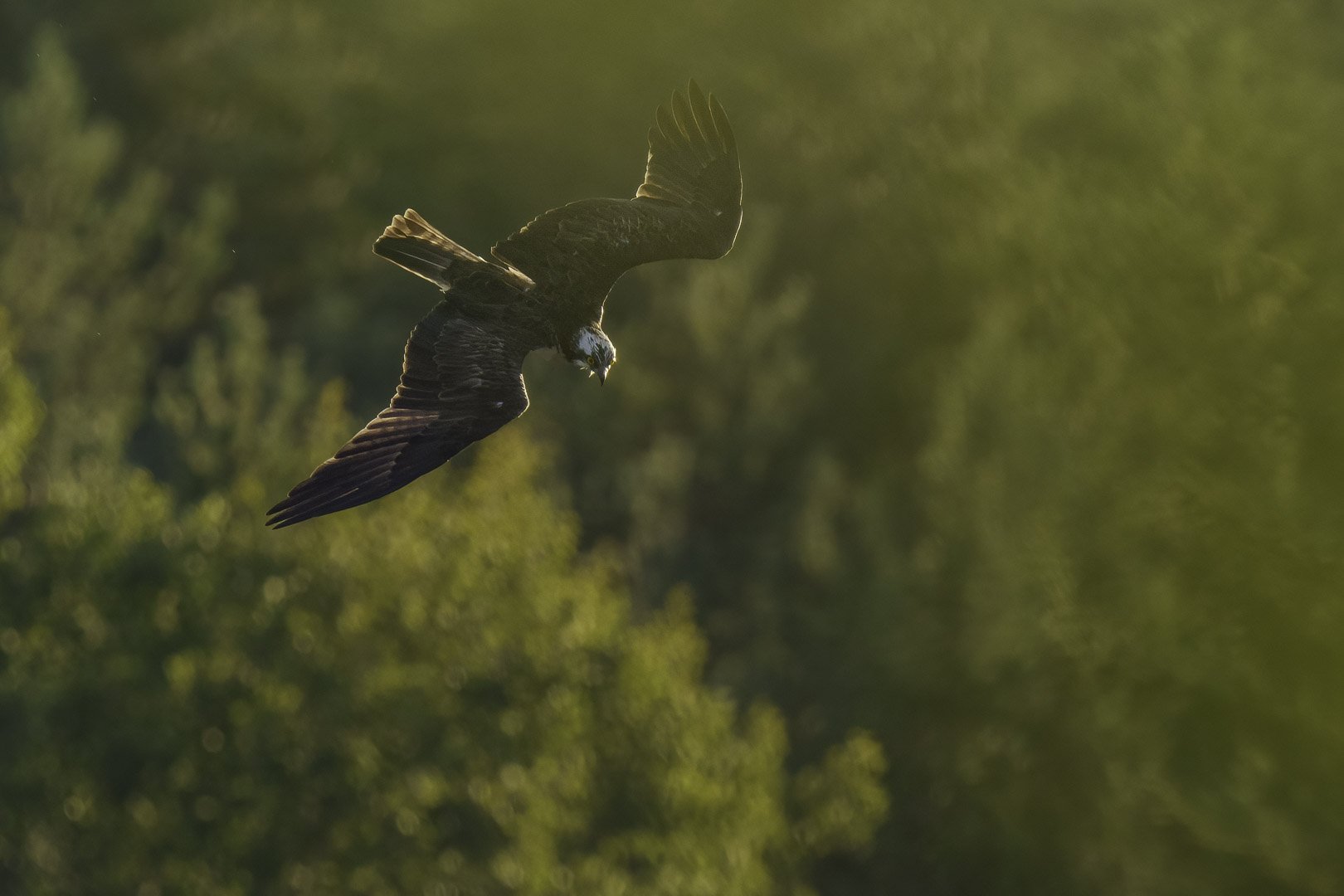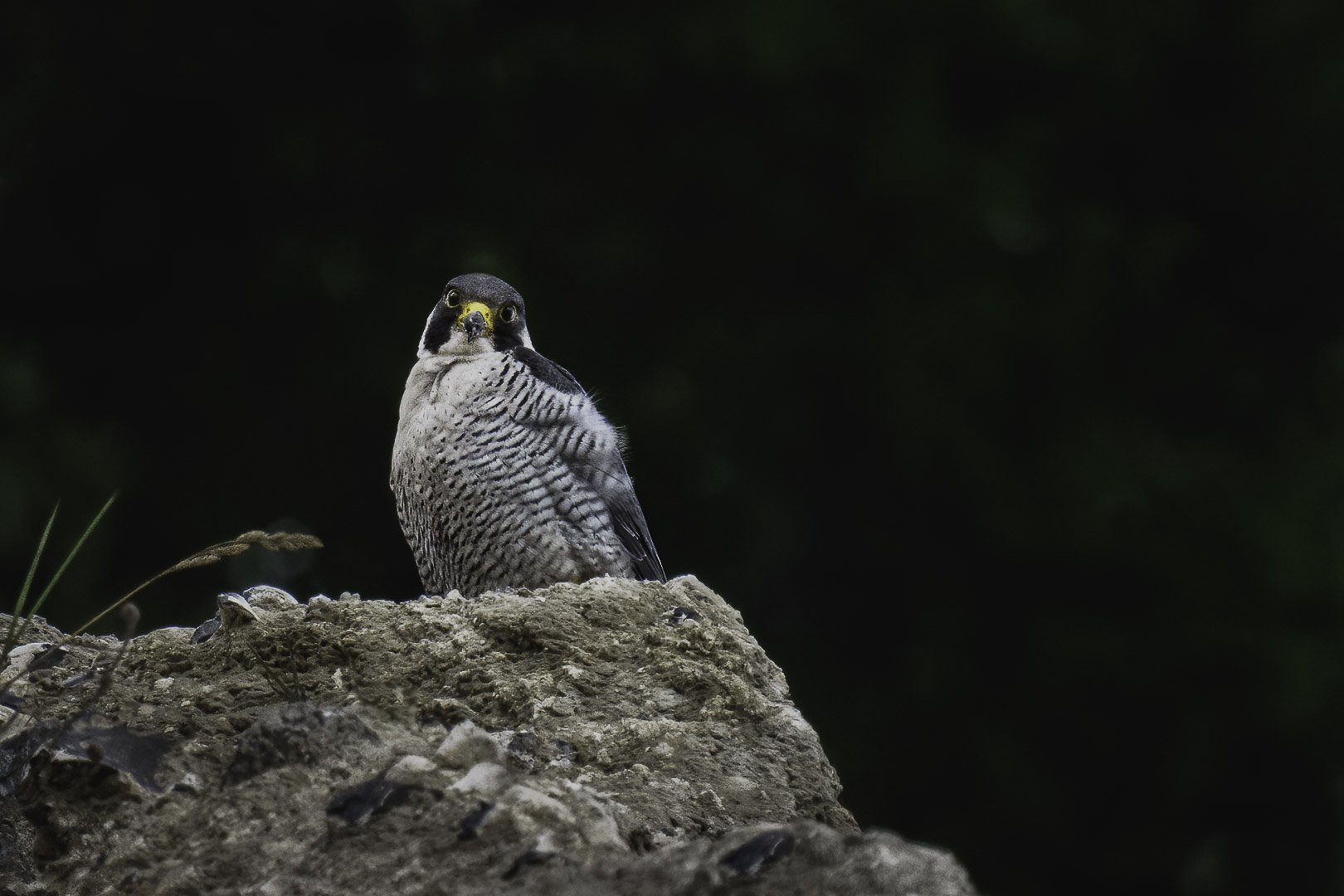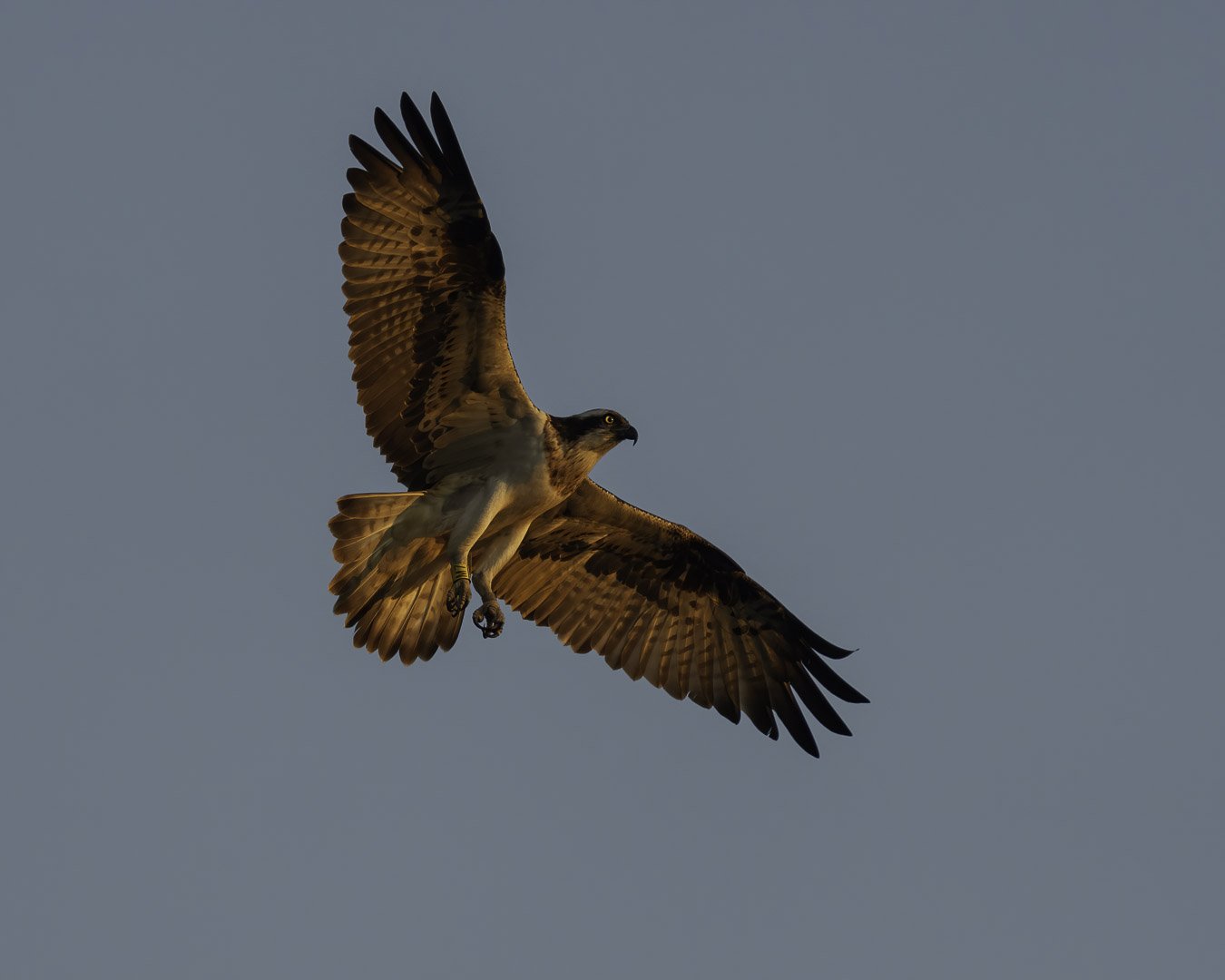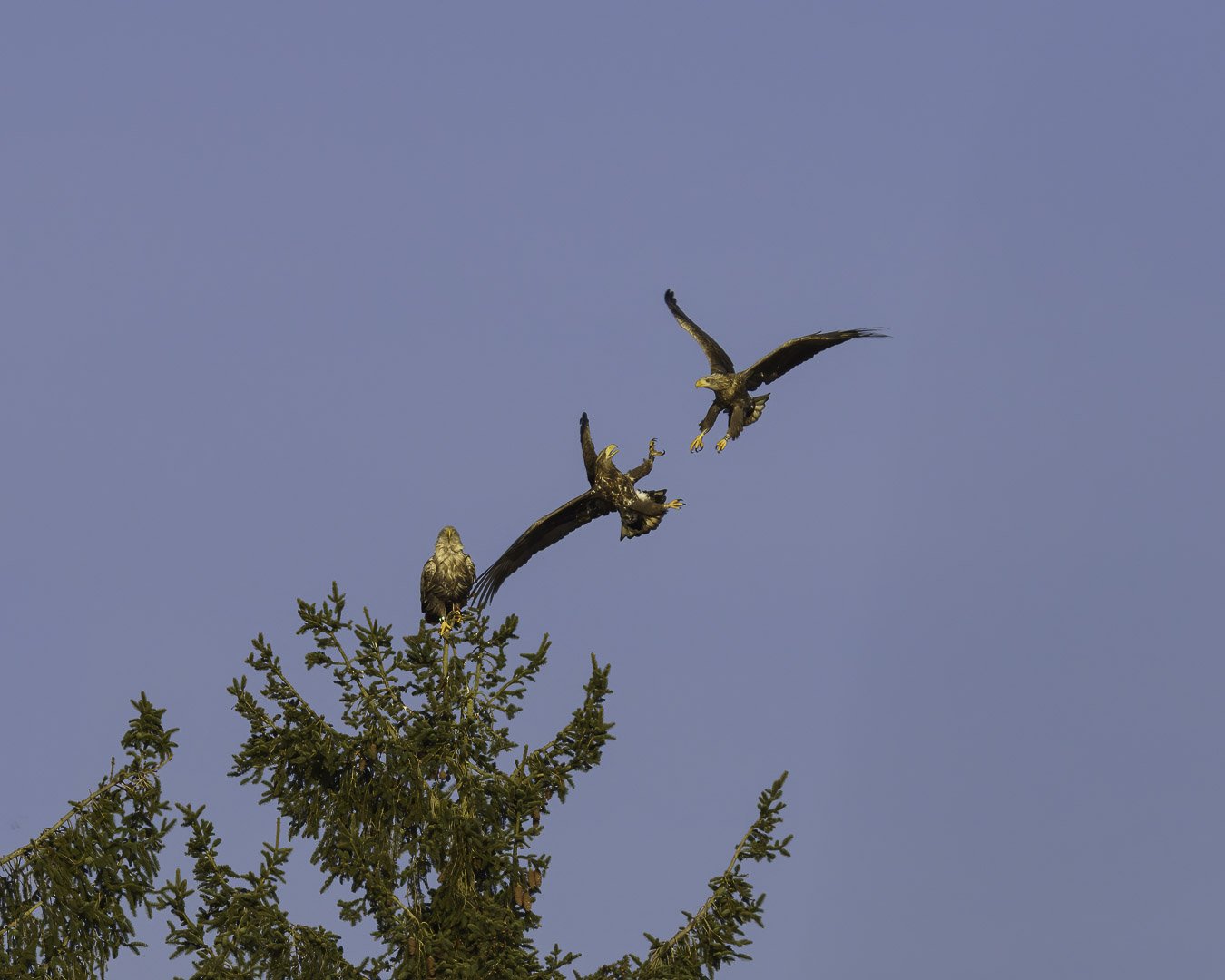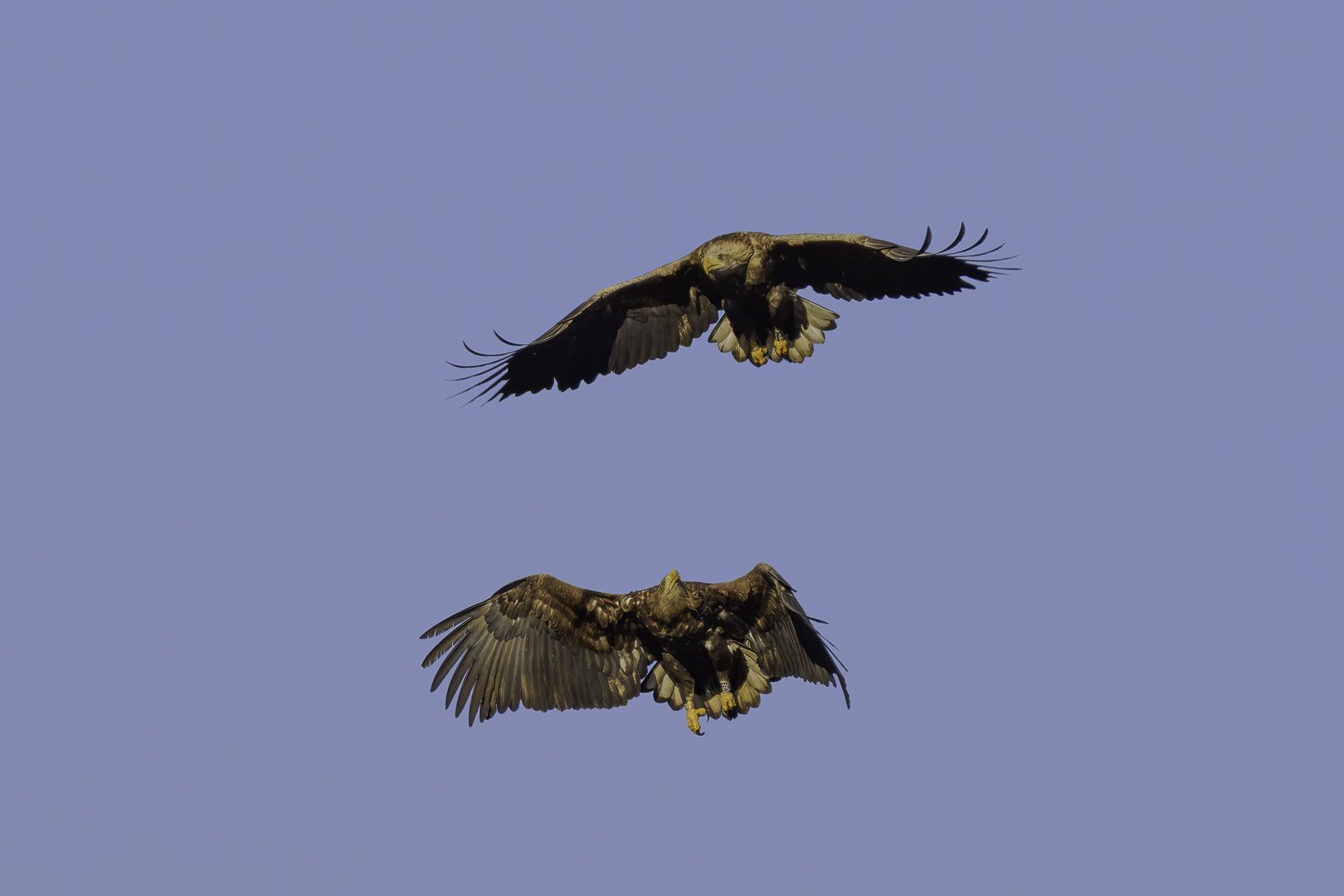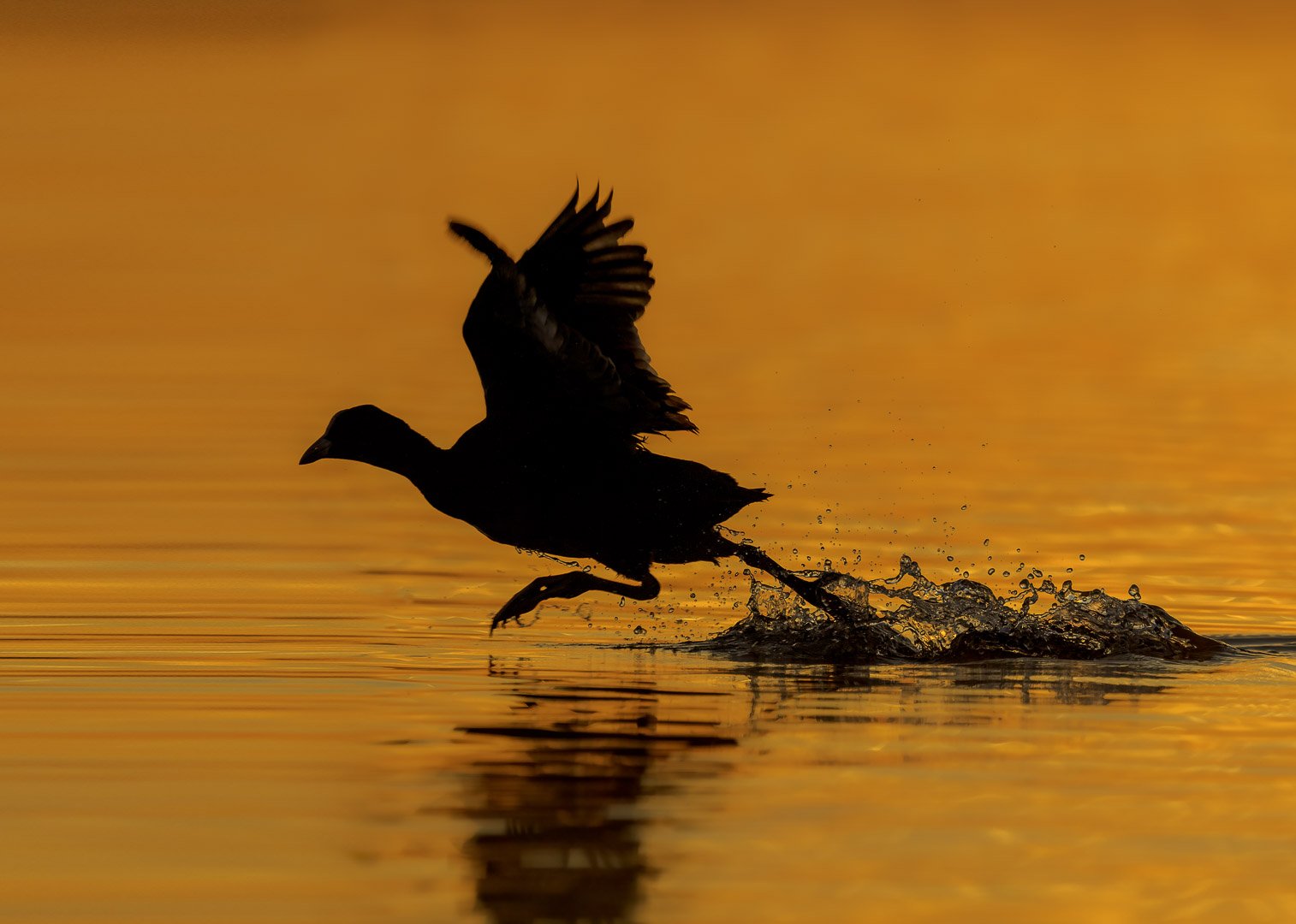White-Tailed Eagles in Upper Palatinate - Photography #3
White-Tailed Eagle (Haliaeetus albicilla) against the blue sky of Bavaria
Part 3 — Execution on the First Day
Will I be as lucky as I was last weekend? This was the question I asked myself after a successful first weekend. (Here you can read Part 1 & Part 2 of the White-Tailed Eagle article series).
I could hardly wait for the following weekend. Sunny weather was forecasted, providing perfect light conditions at sunrise. The plan was to sit in full camouflage at the same spot for three consecutive days to potentially get the eagles closer to the lens.
Finally, the day arrived: Friday morning, 5:30 AM, 60 minutes before sunrise, I arrived at the location where I had photographed four young white-tailed eagles on a tree a week earlier.
I needed to orient myself, since I wasn't sure how to set up the camouflage without altering the landscape too much – as this would be noticed by the animals.
Personal Note: One should plan this in advance and familiarize oneself with the surroundings so that the setup can be done quickly and quietly.
To reduce my human silhouette, I wore a 3D camouflage poncho. My skin was 99% covered to avoid reflections that could be perceived as a threat by the animals.
Finally, I had a small stool to sit close to the ground and minimize my profile. While these measures didn't make me invisible, they made me less recognizable as a human to the wildlife.
Why go to such lengths?
Because humans generally have a bad reputation in nature and are considered a threat. Whoever said animals aren't smart!
As I was finishing my setup and was about to place the camera on the tripod, a white-tailed eagle suddenly flew low over the lake directly towards me. It was still during the blue hour, so the lighting was not ideal for photographing birds in flight (BIF).
I remained completely still and slowly crouched down to make myself as small as possible. Any negative attention on my part could scare the eagle away and ruin the day; it would likely avoid the area for a while.
A Canada goose in the water directly in front of me was immediately attacked by the eagle, a young one. It was the same scene I had recorded on video from a greater distance a week earlier. - Link to the video: Young White-Tailed Eagle Attacks Canada Goose
The whole event took place only about 15 meters in front of me. It was an exciting but also frustrating experience. The perfect photo opportunity was right in front of me, and I wasn't ready at my camouflaged hide. So, I had no choice but to wait. Out of necessity, I took a photo with a very low exposure time to at least get a documentation photo. - See the picture below
Young White-Tailed Eagle Flying Low Towards a Canada Goose
Luckily, the young white-tailed eagle was so focused that it didn't notice me.
After the eagle left the goose and flew away, I could finish preparing my spot and get settled. Time to relax - I thought, took a coffee, and observed.
Camouflaged Hide, Sony Camera, Rollei Tripod, and Camouflage Net
My Hide Setup on the First Day
As the golden hour arrived, an older white-tailed eagle perched on one of the treetops surrounding the pond.
The younger white-tailed eagle, which had tried to hunt the Canada goose earlier, flew over an adjacent pond directly next to my observation spot. Through the camera, I could see it repeatedly diving towards the water surface, but I couldn't tell why – my view of the pond was obstructed by trees and reeds.
Shortly after, it returned to the pond where I was and perched on one of the adjacent trees. The distance was considerable, but through the camera, I could see it had a fish in its talons. — Picture below, heavily enlarged
Young white-tailed eagle with fish - image heavily enlarged
Then the slightly older eagle took off, flew purposefully towards the dead tree where I had photographed four young eagles the previous week. It perched on a branch, basking in the rising sun. After a while, it took off again, made a slight curve, and flew low directly towards and over me. My finger was on the camera shutter the entire time. I pressed it in bursts to avoid filling the camera buffer all at once.
“Wow, what an experience!” I thought and immediately checked my shots. For flight shots of an object coming directly at me, an exposure time of 1/250 seconds is not ideal. But due to the low light, which didn't allow for a faster exposure time, and my desire for a noise-free image, I took the risk.
While reviewing the images on the camera, they didn't look too bad. Later on the computer, my first impression was confirmed: as expected, many shots in the series were discarded, but two or three sharp images remained. In one of the photos, it even seemed as if the eagle was looking directly into my eyes. If that was indeed the case, then I was apparently not perceived as a threat, as the lively activity continued for a while.
It looks like the white-tailed eagle saw me.
1/250, Sony 200-600 f5.6 / 6.3, Sony a7 RIV
Then, another white-tailed eagle joined the two eagles, looking like an adult bird. It perched on the top of a spruce tree and immediately began calling with a raised head and high-pitched tones — see picture below.
After a while, one of the young eagles flew towards me and perched on the dead tree about 100 meters away.
I couldn't say if it was guided by the calls of the adult bird, but I was relieved to have another good photo opportunity from this manageable distance. In one of the photos, I even managed to decipher the ring on the eagle's leg. This lifted my spirits even more, as I could now obtain background information about this bird of prey.
So, this first day ended very successfully for me. 😃
Young white-tailed eagle with an identification ring on its leg, perched on a branch, providing valuable data for conservation efforts.
-
If you spot animals with markings that you can read, you have the opportunity to report this to NABU. By doing so, you help track these animals, aiding NABU in creating statistics about the population and providing information about the animal, such as age, origin, etc.
More information can be found here:
When you next observe animals in the wild and see a ring with a letter/number combination, it is not a runaway animal from a wildlife park or zoo. These are animals banded by conservation organizations to collect information about the population.
-
Adult White-Tailed Eagles
Recognizable by their bright head feathers, which appear almost white and clearly distinguish them from the rest of the brown plumage.
Identified by their yellow beak, amber eyes, and white tail feathers (tail).
Very Young Eagle
Has a black beak tip
Dark eyes
Brown plumage with light spots.
-
Lens: Sony 200 – 600 mm F5.6 / 6.3
Camera: Sony a7R IV
Tripod: Rollei Rock Solid Alpha XL Mark II Carbon
Tripod Head: Flexshooter Pro Lever
-
Origin: Upper Palatinate, Germany
Body mass: 3490g at banding
Banding date: 14.05.2020
In the next article, I will describe the second and third days. There was simply too much to fit on one page.
See you then!








